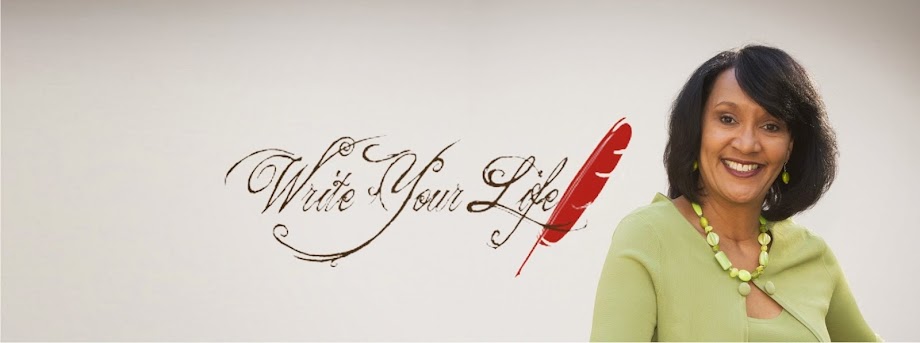Click to hear the 6 Elements to include in your story.
Telling a good story is the basis for a good book, no matter what genre you're writing in, whether nonfiction -- where you're teaching how to do something -- self-help, memoir, autobiography, and of course fiction. You can always tell a great story to help readers connect with the content in your book. A good story helps you capture the attention of your readers, engage them, and give them something they can connect with.
Here are six elements you should include when crafting your great story. Think about these elements as a reporter considers a good news story. After all, with a journalism background, I often approach storytelling from this perspective.
Who = Characters: Even in nonfiction books, there are characters. Perhaps your main character is the narrator, which is most likely you. There might be other characters, such as experts or clients you include in your case studies or examples.
What = Situation: What actually happens in your book? Set up a situation that your characters are connected to and that has a beginning, a middle, and an end.
When = Timeframe: When does the action happen? What time of year or what time in history does your story take place? How long does the situation take to unfold?
Where = Setting: Does the situation happen in a hospital? Does the action happen in the board room? Does it happen in someone's kitchen? The setting should be very well defined and it should draw readers in so they feel that they are right there in the midst of the action.
Why = Motivation: There should always be motivation in your story, either for a main character, for the narrator, or even for your experts. Motivation is the reason characters do what they do, so make it interesting and realistic.
How = Outcome: This is the result or the final "goody," the takeaway, or result of your story. How did everything turn out? What should your readers know now that they've read your book? How should they think or feel, and what should they do with this new knowledge? Those are six elements to include when telling a great story, which helps make your book a page turner. Happy writing!
___________________
Facebook: Write Your Life Coaching Program
Twitter: @AnitaRPaul
LinkedIn: http://www.linkedin.com/in/anitapaul/






